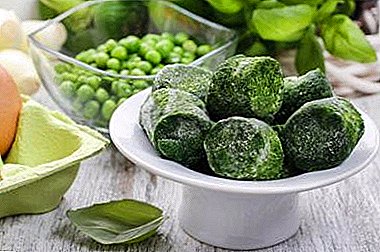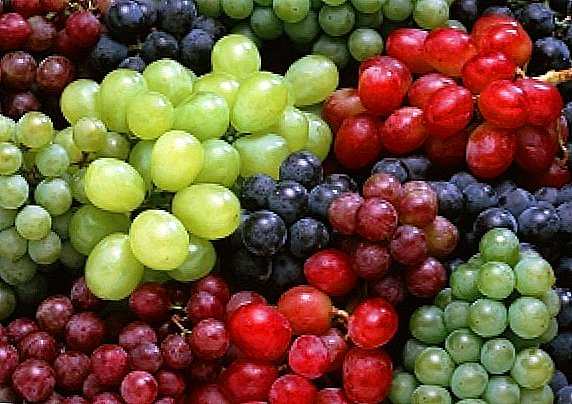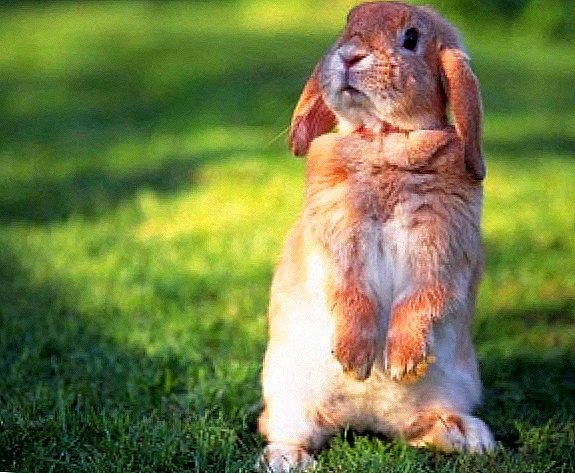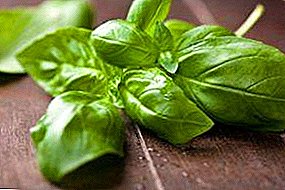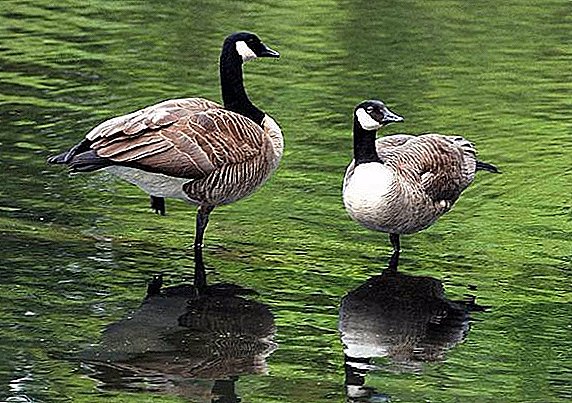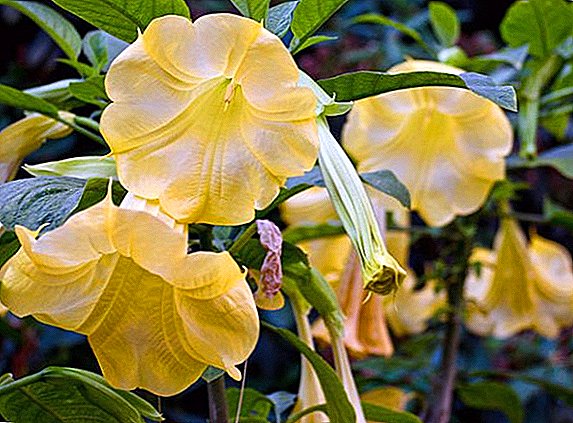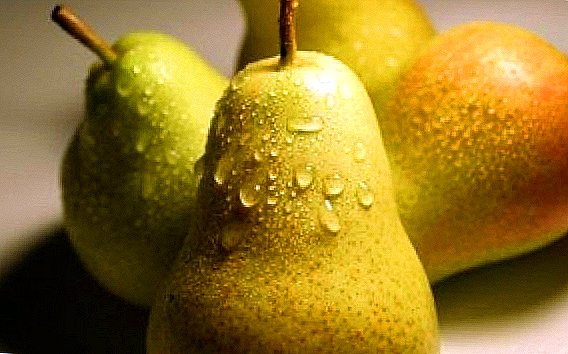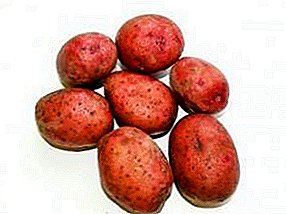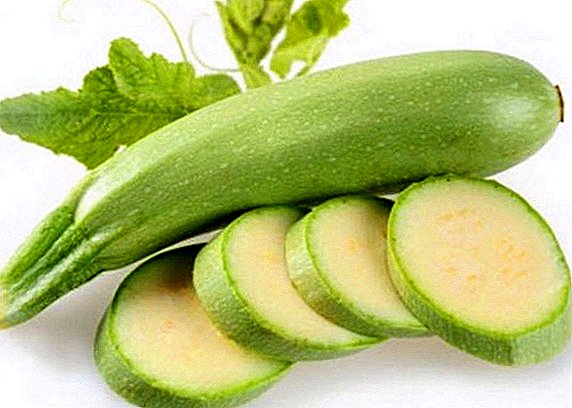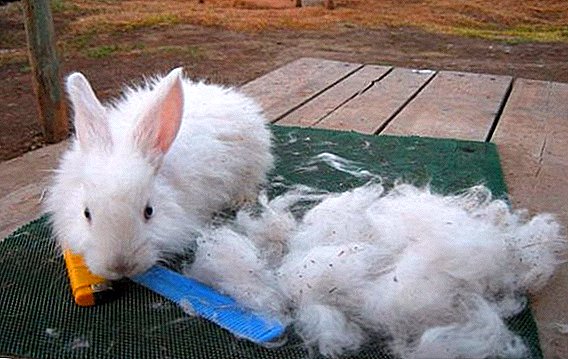 Rabbit breeding brings income not only in the meat direction, these animals also have a valuable down, which is used in the textile industry.
Rabbit breeding brings income not only in the meat direction, these animals also have a valuable down, which is used in the textile industry.
We will talk about the peculiarities of the coat of animals, methods of its assembly and processing today.
Pooh and his varieties
Like any raw material, down is divided by its quality into varieties:
- extra - length is from 60 mm, color pure-white without impurity, direct fibers without confusion;
- first grade - length 45-59 mm, white color without impurities and confusion;
- second grade - length 30-44 mm, white, straight fibers, without confusion;
- third grade - length 11-29 mm, some kind of clogging of fibers is allowed (5% of the composition), confusion - up to 3% of the composition.
 Determining the quality of raw materials, it is divided into defects and defects:
Determining the quality of raw materials, it is divided into defects and defects: - in the first case, it is a raw material damaged by insects, tangled up to 10% of the total mass, with the presence of litter in a third of the composition;
- in the second case, the first, second grade and extra are defective, if the presence of litter is 5% of the total weight of the raw material, confusion - 3%, the defect of the third grade - sor is 5%, the questionable purity of color.
Application and properties of raw materials
Rabbit down is put on a par with the coat of vicuna (mini-camel), alpaca and cashmere mountain goats. It is much softer, which reduces processing costs: no need to choose ostevogo hair, wash and dry.
Medicinal properties
Products made from rabbit wool have healing properties:
- improve blood circulation;
- reduce pain in the joints;
- have a positive effect on blood vessels;
- keep and accumulate heat;
- the villi form an electrostatic field that positively affects the body.
These properties have long been successfully used in the treatment of rheumatism, arthritis, sciatica, neuralgia. Fluffy wool, among other things, is hypoallergenic, both children and old people can wear items. 
Products
The rabbit raw material naturally, keeps warm well (many times more than sheep's wool), lets air through (when wearing clothes, the skin breathes). That is why products from it are always in demand. Wool is processed into yarn, knitwear, velor, felt.
From the received materials they sew and knit clothes:
- hats, hats;
- jackets, coats;
- socks, tights;
- mittens, scarves;
- sweaters and more.
Find out how useful and how rabbit products such as rabbit fat and rabbit liver are used.
Down Rabbit Breeds
Consider the breed of eared, which give the highest quality pile.
Angora
Medium-sized animal with a somewhat short body, deep and well-developed chest (volume up to 35 cm), body length - from 43 cm. Angora eared ears have a large head on a strong, short neck, smoothly turning into a straight, broad back. The ears are erect, not long, may have brushes on the tips.
The average weight of an adult individual is 3.5 kg.
The coat color can be white, black, with a bluish tint, the length of hairs is up to 12 cm, the percentage of down in the coat is not less than 90%. For the year Angora breed gives up to 500 g of raw materials.
Did you know? The name of this breed comes from the former capital of Turkey, Angora (Ankara), where animals come from. At the beginning of the 18th century, Turkish sailors brought Fuzzies to Europe, where they quickly became popular pets.
White downy
The animal has a developed bone structure and musculature, weighs up to 5 kg. Straight back, round chest, medium sized head, erect ears with short tassels. Color may have a blue tint. The length of the hairs is 6-12 cm, down is 92%. Breed productivity is up to 400 g per year. 
Arctic fox
A rabbit of a small build, the weight of an adult individual does not exceed 3 kg. Rounded body, straight back, bulging chest. The head is small, with a prominent forehead and medium length ears. The productivity of "arctic foxes" is 200 g of raw material per year, the down is 95% of the cover, the length of wool is up to 12 cm. 
Procurement Methods
Fur material is harvested in two ways: by trimming and plucking. Begin to cut or pinch the fur no earlier than at the age of two months of the rabbit. The readiness of the collection is checked as follows: a strand of wool is clamped between the fingers and pulled over by itself - if the down is removed without problems, then it is time to cut or pull out.
Prompt about the readiness to collect and appearance - overgrown muzzle and body, sticky ends of wool and the formation of tangles. Experienced breeders advise collecting raw materials from adults, since babies have very thin skin that is easily damaged.
Adult rabbits collect products 5-6 times a year. Consider both the process in more detail.
Important! You can not completely deprive a pet coat in cold seasons, because hypothermia for him is destructive. It is forbidden to cut pregnant or lactating females - this is stressful for them.
A haircut
The procedure is as follows:
- Prepare sharp scissors, necessarily sharpened, so as not to hurt the animal.
- Eared placed on a hard surface.
- On the back of the "patient" in the line of the spine make a parting.
- Haircut goes from tail to head, starting from the parting line.
- The strand is captured by the fingers and clipped close to the skin, but so as not to injure the animal.

Plucking
The procedure for plucking is as follows:
- Fluffy is placed on your lap - it's easier to control it.
- Before collecting wool combed to remove possible litter. It is undesirable to use combs made of plastic: they electrify the hair and impede the process.
- The combed strand is picked up by a comb, griped with fingers and pulled out with a slight jerk in the direction of growth.
- The procedure begins with the paw area, then move to the sides and back.
- Carefully treat the rump region: in this place is very thin skin.

Storage
Before sending the raw materials for storage should be sorted. For storage of finished products need special boxes, it is better from natural material. The bottom of the box has holes into which wooden pegs will be inserted.
They are made in the form of an elongated cylinder, carefully polished so that the burrs do not cling to the raw materials. Pegs will prevent tangle and lumpy down. It is desirable to hang sachets with insect repellent herbs (lavender, wormwood) on the walls of the box. The box is put in the dry room.
Important! Do not use naphthalene to repel insects: first, it smells unpleasant, and the raw material can absorb this smell; secondly, long-term storage with naphthalene can lead to yellowing of the material.
Home Recycling
You can recycle products at home.
Cleaning
Before dyeing and further use of raw materials must be cleaned and give it a more convenient format. Pooh carefully inspect, turning and separating the fallen areas, remove the mote. The next stage is combing on a hand scab.  The tool is a wooden plank with dimensions of 20x15x4 cm (length, width, thickness), with two rows of needles. Instead of needles, you can use sharply sharpened knitting needles, cropped to a length of 6 cm.
The tool is a wooden plank with dimensions of 20x15x4 cm (length, width, thickness), with two rows of needles. Instead of needles, you can use sharply sharpened knitting needles, cropped to a length of 6 cm.
The needles are screwed into the base at a distance of about 3 mm from each other and 1 cm between the rows.
The procedure is as follows:
- The squash is clamped between the knees, while the needles look upwards.
- Puff in small portions pull through the needles.
- Long strands are folded separately, short strands stuck in the scab, disassemble later.
Find out what breeds of rabbits belong to fur and down.
Spinning
Recycling a small amount of fluff can be done using the "grandmother's" method: spinning wheel and spindle. With large volumes of products it is more rational to use an electric spinning machine.
In both cases there are a number of rules:
- pure yarn is not produced, because rabbit down is not elastic, it is easily torn;
- spun a small amount of pure rabbit yarn for decorating products;
- the rest of the raw materials are spun on a solid thread base: cotton and wool.

Coloring
For dyeing at home, you need to prepare a spacious container, better enameled, and the dye itself.
Coloring takes place in several stages:
- To begin with, wool should be soaked in a water-acetic solution (10-15 g of vinegar per 1 liter of water): this procedure will allow the dye pigments to penetrate the fibers better.
- The paint, according to the instructions attached to it, is dissolved in a small amount of water.
- A dye is poured into the prepared container, gradually diluting it with hot water to the required concentration.
- To determine the degree of coloring, the test is carried out on a small bundle of wool.
- Having achieved the desired shade, the yarn is lowered into the container, straightening it so that all the material is in the water, otherwise uniform coloring will not work.
- After the time specified in the instructions, the wool is removed and allowed to drain, then left to dry.
Select dyes that do not require boiling, as this procedure destroys the yarn.
Knitting products
There are several ways to knit wool items:
- crochet;
- knitting needles;
- knitting machine.
 There are no difficulties in any variant, you can buy tutorials for each of them. The main thing in knitting is to calculate the amount of material for the desired product, according to size.
There are no difficulties in any variant, you can buy tutorials for each of them. The main thing in knitting is to calculate the amount of material for the desired product, according to size.Did you know? Knitting since its inception (presumably Ancient Egypt) was a purely masculine occupation. The first trade union of knitters was established in the capital of France in 1527, while women were not allowed to take classes at that time.
Despite the development of light industry and the saturation of the market with artificial fabrics, preference will always be given to natural materials. That is why the cultivation of down animals is still relevant.


